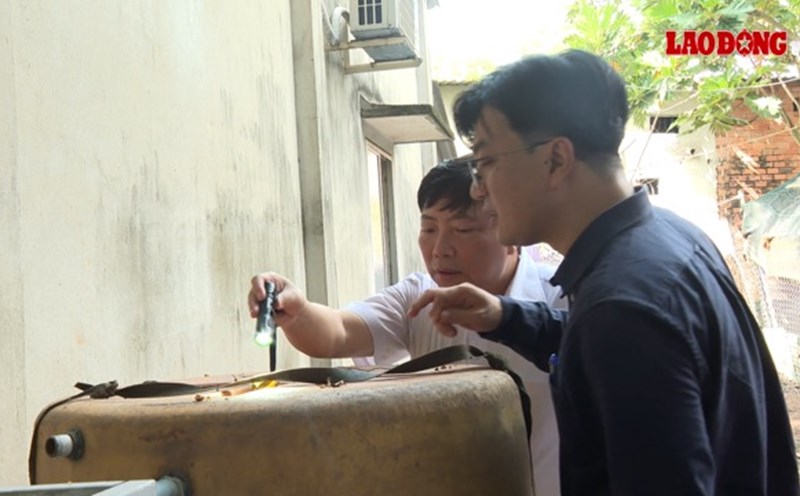Of these, 10 deaths were mainly adults with underlying diseases. In the face of complicated epidemics, the Ho Chi Minh City Department of Health has issued a plan to ensure the admission and treatment of SXHD in the area.
According to the plan, the top goal is early detection, timely treatment, limiting seriousness and death. All medical facilities must comply with the diagnosis and treatment regimen for SXHD of the Ministry of Health. At the same time, Ho Chi Minh City activated the preventive treatment system in case the epidemic spreads and the severity of the cases increases.
In the implementation content, the Department of Health requires organizing in-depth training for frontline health workers, enhancing interdisciplinary consultations and connecting the city's SXHD Expert Group. An active resuscitation network for the treatment of SXHD has also been established to promptly support critical cases.
For children, Children's Hospitals 1, 2 and Children's Hospital of the City will be the first line to receive severe cases of SXHD or those with warning signs of underlying diseases. General hospitals with pediatric departments receive lighter cases.
For adults, the Hospital for Tropical Diseases is the main unit. When the number of severe cases exceeds the threshold of 20 cases/day in the resuscitation department, the resuscitation network will be activated, mobilizing more large hospitals such as Gia Dinh People's Hospital, People's Hospital 115, Trung Vuong, Nguyen Tri Phuong... Grassroots hospitals will receive light cases, severe acidosis with warning signs.
Regarding equipment and supplies, the Department of Health requires adequate storage of transportation, blood and blood products. On average, a severe case requires 6 liters of fluid and 2 units of blood for 7 days of treatment. Based on the number of severe cases per day, hospitals need to reserve enough supplies for at least a month.
In addition, hospitals must ensure a clear screening, classification and SXHD classification process to avoid missing serious cases. Medical records must be fully recorded, especially during holidays and Tet. The transfer of patients must also be carefully consulted and have a plan to ensure the safety of patients.
At the same time, the City Center for Disease Control (HCDC) coordinated with neighboring provinces to step up epidemic monitoring, update infectious disease data, and enhance communication so that people can recognize disease signs and go to medical facilities promptly.
The Department of Health emphasized that effective admission and treatment of SXHD not only helps reduce mortality rates but also prevents hospitals from becoming a source of epidemic dissemination. Public and private health units need to be proactive and coordinate closely to respond to all epidemic situations in the coming time.











